#giant mammals
Text
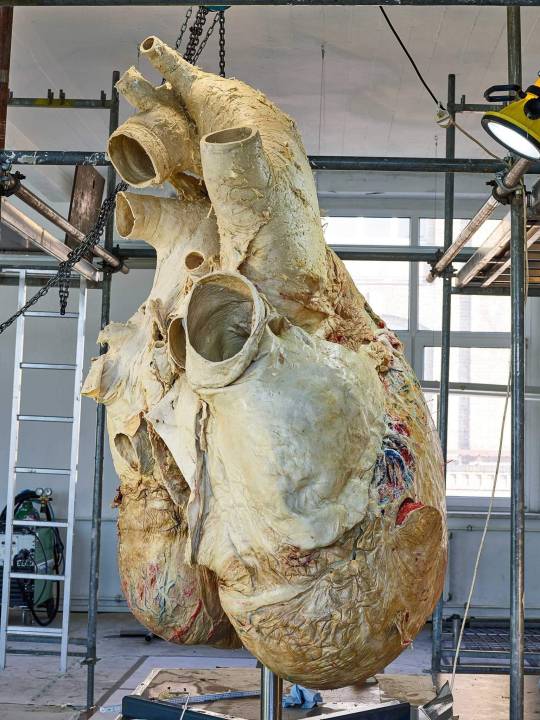
Valentine's Day is about the heart—which means it's the perfect time to remind you that 440-lb whale hearts like this one exist.
Normally when a whale dies, it becomes a rotting feast for birds and sharks. But luckily for mammalogy technicians at the Royal Ontario Museum in Toronto, a blue whale that washed up in Newfoundland in 2014 was in good enough condition that they were able to preserve its gigantic ticker. “Its sheer size alone accelerates decomposition, so it’s remarkable we got to salvage a heart,” says Jacqueline Miller, who led the first-of-its-kind preservation effort.
📸: Royal Ontario Museum
- Wired Facebook page.
#whale heart#anatomically correct heart#royal ontario museum#whales#whale#toronto#canada#mammology#blue whale#blue whale heart#blue whales#animal anatomy#wired website#giant mammals#giant mammal#sea mammals#sea mammal#newfoundland#organ preservation#animal biology#gross anatomy#not gross as in yuck but an area of study
22 notes
·
View notes
Text
But while more than half of the nearly 60 known brontothere species tipped the scale at over a metric ton, the first footfalls of these “thunder beasts” weren’t thunderous at all. When the earliest brontotheres appeared in the lush forests of ancient North America and Asia in the early Eocene Epoch, roughly 56 million years ago, they were about the size of a border collie — hardly the stuff of thundering herds.
Within about 16 million years, these modest mammals had grown into a family of giants.
0 notes
Text
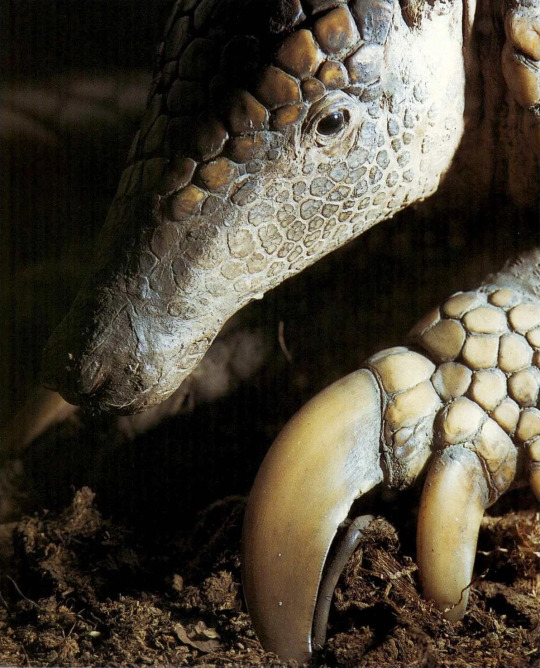
Giant armadillo
By: Unknown photographer
From: Wildlife Fact-File
1990s
#fave#this guy looks straight up prehistoric#giant armadillo#armadillo#xenarthran#mammal#1990s#Wildlife Fact-File
539 notes
·
View notes
Text

Great Ant-Eater by Cuthbert Edmund Swan. From Wild Beasts of the World, Vol. Two. Written by Frank Finn, published in 1909.
Internet Archive
333 notes
·
View notes
Text

Giant Squid (Architeuthis dux)
Habitat & Distribution
Distributed throughout the world's oceans, typically at temperate latitudes
Often found at depths of 300–1,000 metres (980–3,280 ft)
Physical Description
Weight: 275 kg (606 lb) for females and 150 kg (330 lb) for males
Length: 5 m (16 ft) including tentacles
Like other cephalopods, the giant squid has eight arms, as well as two feeding tentacles ringed with suckers; the mantle, or body, is elongated and torpedo-shaped
Adults are generally red, though older individuals can become white due to scarring from encounters with predators
Behaviour
Giant squid will feed opportunistically; primary prey include fish and other cephalopods
Its most notable predator is the sperm whale, which is an expert at hunting them
Giant squid are solitary hunters, and rarely encounter each other outside of mating
Key Advantages
The suckers of giant squid are lined with small, sharp teeth; the two feeding tentacles can extend up to 10 m (33 ft)
When threatened, the giant squid may eject a cloud of ink to confuse predators
See where they stand in the May Mammal Madness Tournament here!
168 notes
·
View notes
Text

横顔の影が素敵ですね〜
@日本平動物園
Nice shadow
@Nihondaira Zoo
96 notes
·
View notes
Text

Black Giant Squirrel or Malayan Giant Squirrel (Ratufa bicolor), family Sciuridae, Thailand
photograph by Nick Volpe
250 notes
·
View notes
Text

Wildlife Photographer Documents Magical Moment When He Locks Eyes With an Animal
Indian giant squirrel
Photographer: Shaaz Jung
153 notes
·
View notes
Text
Animal of the Day!
Western Giant Eland (Taurotragus derbianus derbianus)
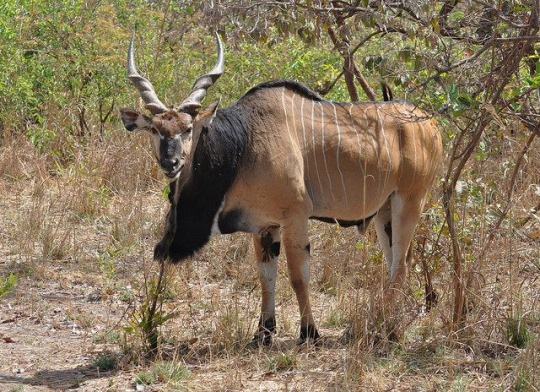
(Photo by Philippe Boissel)
Conservation Status- Critically Endangered
Habitat- Senegal
Size (Weight/Length)- 1,000 kg; 3.5 m
Diet- Grasses; Fruits
Cool Facts- Being the largest species of antelope in both weight and length, the western giant eland is a force to be reckoned with. These giants are non-territorial with small herds being a combination of males and females. During the mating season, mature males separate from their main herd to create a herd of their own. Surprisingly, western giant eland are mostly nocturnal and spend their nights grazing on a variety of grasses. Due to their size and their surprising maximum speed of 70 kilometers per hour few predators outside of large lion prides and saltwater crocodiles have the chance of bringing down an adult giant eland. Sadly, the western giant eland is threatened by illegal poaching for their meat and horns and habitat destruction due to agriculture. Today, conservationists rush to save these beauties through off site breeding and national parks.
Rating- 12/10 (120 centimeter horns backed by 1,000 kilograms of pure muscle.)
#animal of the day#animals#mammals#antelope#wednesday#may 31#western giant eland#eland#biology#science#conservation#the more you know
176 notes
·
View notes
Text
#manatee#sea cow#relatable#wholesome#nature#there are many benefits to being a marine biologist#peaceful#mood#marine mammal#big lumbering giant#just vibin#marine mammals
2K notes
·
View notes
Text

Originally featured 10/12/23
50 notes
·
View notes
Text
The human-faced fish mentioned in that Lowtown postcard got me wondering — maybe we are the eldritch horrors to Ocudeus. I don't know what Ocudeus looks like but it'll likely be something vaguely octopus-like and you can't tell me that humans wouldn't eat Ocudeus if given the chance.
#human-faced fish — humans will eat anything man#I heard that peppers are spicy to prevent mammals from eating them and we went ahead and decided “we like spicy food actually!”#we eat pufferfish sushi...the highly toxic pufferfish that could kill you if not prepared properly#there's probably a bunch of other stuff too I heard rhubarb was pretty toxic?#“behold! giant octopus tentacle deep fried and lightly marinated in hivemind juice.”#eldritch horrors of all kinds tore through the shroud only to end up a new delicacy in the post-apocalyptic world#touchstarved#touchstarved game#touchstarved ocudeus#sorry buddy
47 notes
·
View notes
Text

Rain Shadow
check out my books!
#tmatb#tmatb iii#digital painting#I missed rendering stuff out all the way so here we are#I've had this image stuck in my head for like years and it needed to gtfo to make room for other stuff#there's something about sitting safe and dry and watching a storm pass#it touches something soft in my mammal brain#gt#sfw gt#g/t#sfw g/t#giant tiny#fantasy illustration#sphinx
103 notes
·
View notes
Text

Giant anteater
By: Unknown photographer
From: WWF Threatened Animals Stickers
1986
150 notes
·
View notes
Text
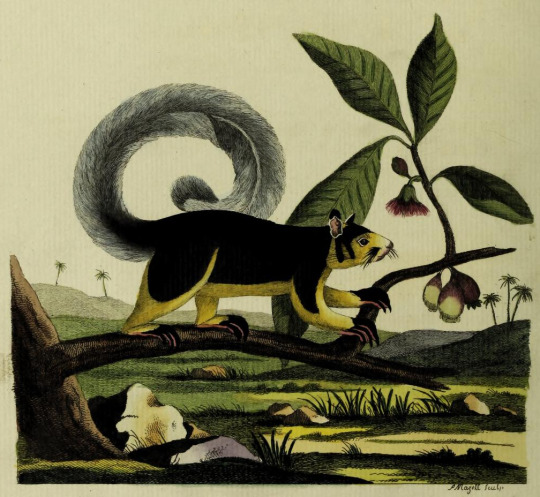
"The Long-Tailed Squirrel (Sciurus macrourus)"
Indian Zoology; Second Edition. Translated from the Latin of Johann Reinhold Forster by John Aikin, M. D. Illustrated by Peter Mazell. 1790.
Internet Archive
183 notes
·
View notes
Text
Round One: Epic Animals
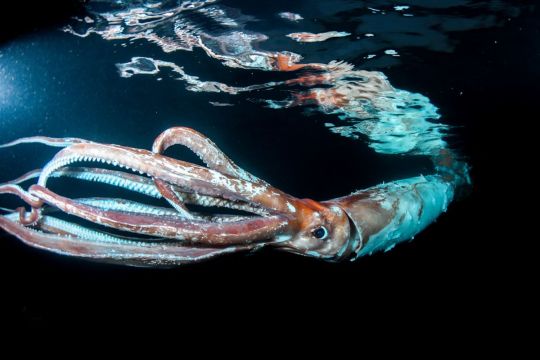
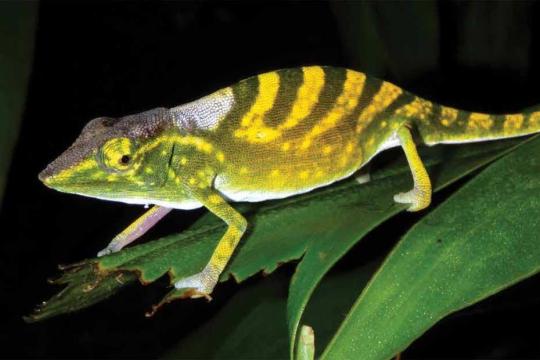
Giant Squid vs Tarzan Chameleon
Arena: Open ocean
Remember, it's not a popularity contest- it's a fight to the death!
72 notes
·
View notes